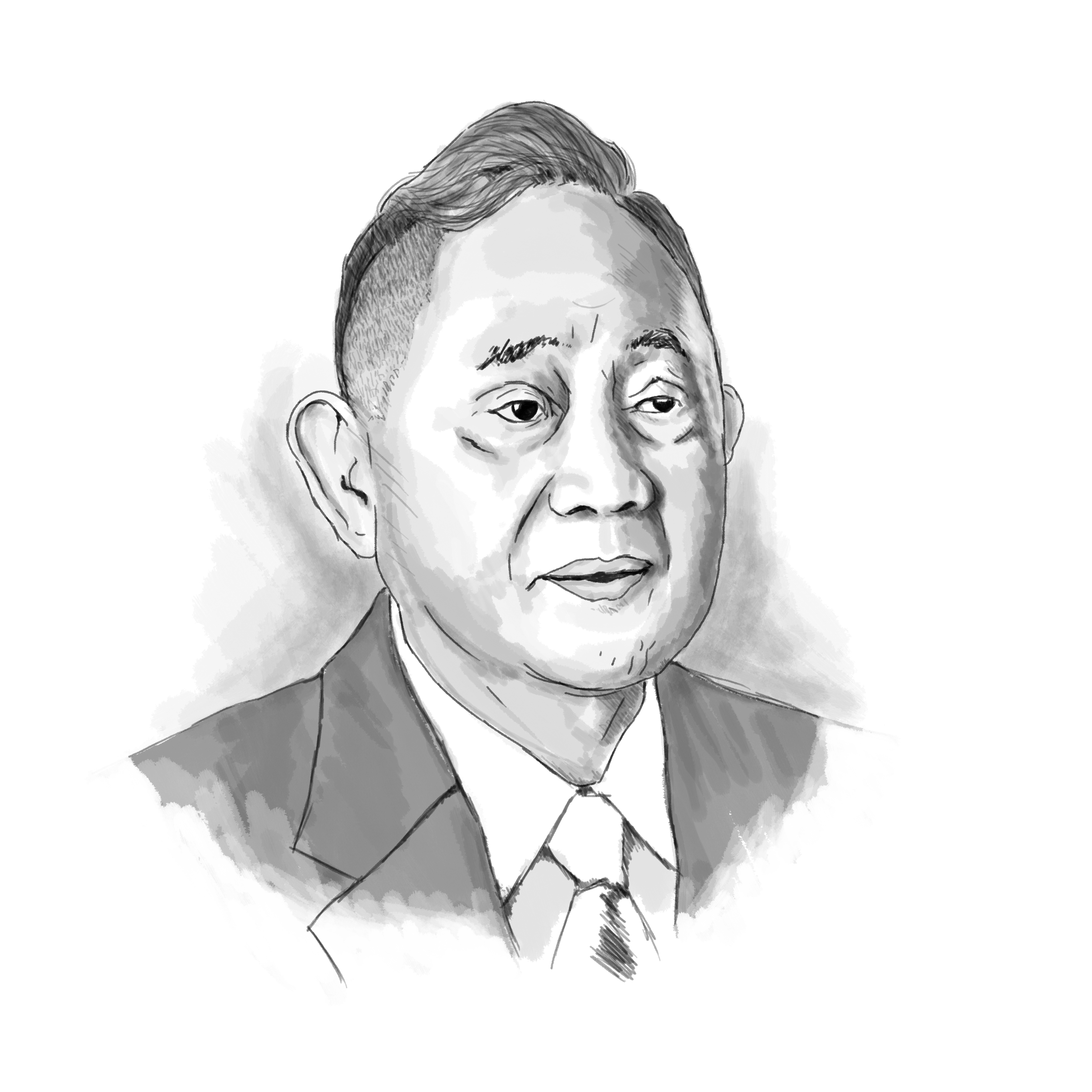Reflections on the Myanmar-Thailand earthquake: A call for preparedness and regional solidarity
PEACE-MAKER

The recent 7.7-magnitude earthquake that struck Myanmar and Thailand has shaken Southeast Asia to its core. With over 1,600 lives lost and many more injured or missing, it has become a heartbreaking reminder of nature’s fury and of our shared vulnerability. In Mandalay, buildings collapsed in seconds. In Bangkok, residents fled their homes in panic. As rescue efforts continue, the pain of the affected nations becomes the pain of us all.
As we followed the news, our thoughts drifted back to July 16, 1990 — the day a 7.7-magnitude earthquake struck Northern Luzon. It was a day etched in the memory of every Filipino who lived through it. Our own hometown, Dagupan City, suffered terrible devastation. We remember vividly how liquefaction caused buildings to sink and tilt, and how roads turned into rivers of mud. The ground itself seemed to melt beneath our feet.
Yet in the aftermath of the chaos, we witnessed the extraordinary courage and compassion of our people. In Dagupan and across Luzon, neighbors helped neighbors, strangers became family, and communities rose from the rubble with faith and determination. It was one of the darkest moments in our history — but also one of the most inspiring.
In 2004, the Japan International Cooperation Agency (JICA), the Metropolitan Manila Development Authority (MMDA), and the Philippine Institute of Volcanology and Seismology (Phivolcs) conducted a joint study that simulated the impact of the so-called “Big One” — a magnitude 7.2 earthquake striking the West Valley Fault in Metro Manila. Their findings were chilling: up to 34,000 people could die, 114,000 more could be injured, and as many as 170,000 homes could collapse, with another 340,000 severely damaged. This is no hypothetical threat — it is a projection grounded in science.
Our nation’s geography places us squarely within the Pacific Ring of Fire, a belt of seismic and volcanic activity encircling the Pacific Ocean. We are no strangers to earthquakes, volcanic eruptions, or typhoons. These are the realities we must confront — not with fear, but with preparation and foresight.
During our visits to Myanmar as founding chairman of the International Conference of Asian Political Parties (ICAPP), we held dialogues with the leaders of that beautiful country, including the iconic pro-democracy figure and Nobel Peace laureate Aung San Suu Kyi. Our discussions revolved around democratic reforms, peace, and regional cooperation. But moments like these remind us that the bonds between nations must go beyond politics — they must be rooted in solidarity and shared responsibility, especially in times of suffering.
Long before ICAPP, in the turbulent years of the Vietnam War, we served as a young diplomat at the Philippine Embassy in Saigon from 1966 to 1969. It was during that time that we had the rare honor of meeting then United Nations Secretary-General U Thant, a son of Myanmar. He was a man of quiet strength and visionary insight, who believed deeply in the power of international cooperation and human dignity. His words and presence have stayed with us through the decades. Today, as we confront the aftermath of this latest disaster, we remember U Thant’s call for unity among nations and peoples.
Let this tragedy in Myanmar and Thailand remind us that nature’s fury knows no borders. It strikes without warning and spares no one. Let it also remind us that from past catastrophes — from the 1990 Luzon earthquake to every tremor that has shaken our region — we have the opportunity to learn, to prepare, and to come together as a family of nations.
Let us invest in resilient infrastructure. Let us enforce building codes not merely as legal obligations, but as moral imperatives. Let us empower our local governments and communities with the training, tools, and resources they need to respond to emergencies.
And let us never forget that in every crisis, there lies an opportunity — not only to rebuild, but to build better.
We cannot prevent earthquakes. But we can prevent the next tragedy.